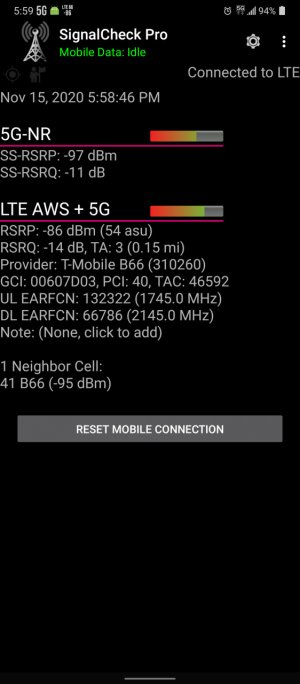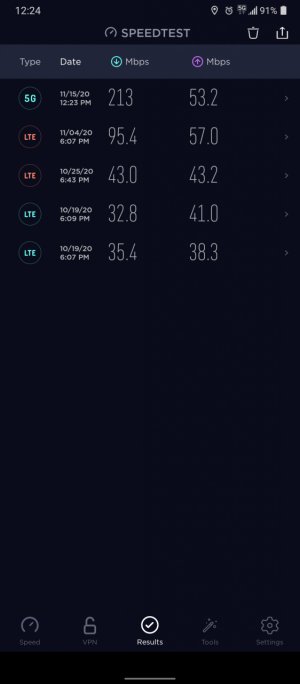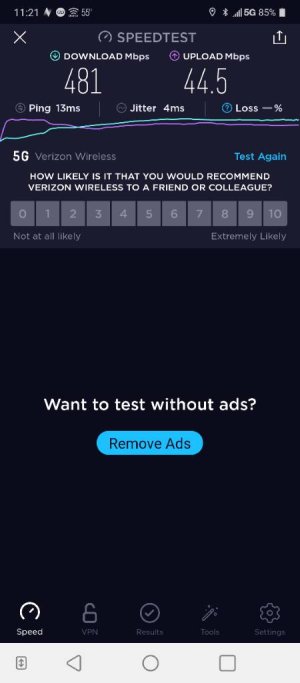The big push for 5G focuses more on faster bandwidth, with extending coverage range being less an issue so when you're asking about 'signal strength' that's kind of grey area. It's not unlike the long standing issue with consumer routers -- 2.4GHz band networks provide more coverage range and can generally penetrate home construction better while 5GHz band networks can provide faster bandwidth. A 2.4GHz signal has a shorter frequency wavelength than a 5GHz signal, so in an open room you'll probably want to use a 5GHz network for optimal usage. But in most homes you have multiple rooms, lots of walls, metal ducting, furniture, etc. so it's not uncommon where on the other side of a home a stronger 2.4GHz signal will work out better than a weakened 5GHz one. The same applies to cellular now, and the situation is just as or even more conditional -- if you're in an open space and located relatively close to a tower emitting an appropriate (sub 6 or mmWave) 5G signal your mobile device could be getting really, really fast connectivity, but if not, your 4G/LTE might still be better.
But it's an evolving technology so eventually things will settle into place. The pandemic has had a dramatic effect on just about everything.





